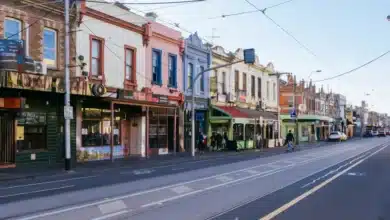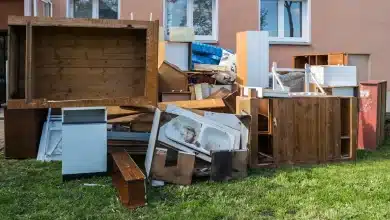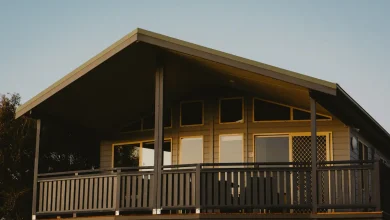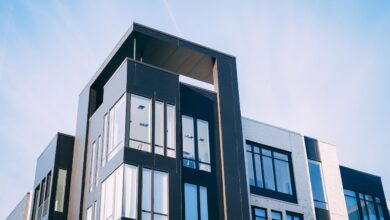Why Is Renting In Sydney So Expensive And Where To Rent
Sydney is consistently ranked as one of the most expensive cities in the world for renters. Rental affordability has become a critical issue, with rents rising faster than wages.
In this article, we examine the key factors that explain the painfully high rental rates in Sydney for properties of all types.
Average Rent in Sydney
Sydney has the highest median weekly rent of all Australian capital cities at $711, according to the latest CoreLogic data. This represents a steep 13% increase in Sydney rental rates over the past year, significantly outpacing national rental growth. However, renters can find varying values depending on location within Sydney.
In desirable inner-city suburbs like the eastern suburbs and inner-west, $600 in weekly rent will only get you a compact one-bedroom apartment like the $595/week unit in Petersham.
This unit has an open-plan living room with a small kitchenette, air conditioning, and basic finishes. Space and features are limited, given the tradeoff for proximity to the CBD.
Venturing further out to Sydney’s greater western suburbs can provide much more space and value. A $600/week rental in Smithfield, around 30km west of the CBD, could be a free-standing three-bedroom house.
More affordable rents translate to bigger floorplans with timber floors, multiple living areas, and yard space. However, outer suburbs come with longer commute times.
Sydney’s high median rent means portions of income get absorbed for basic accommodation, especially for renters set on living close to the city center. Seeking outlying suburbs can provide relative affordability but represents a tradeoff in lifestyle and accessibility.
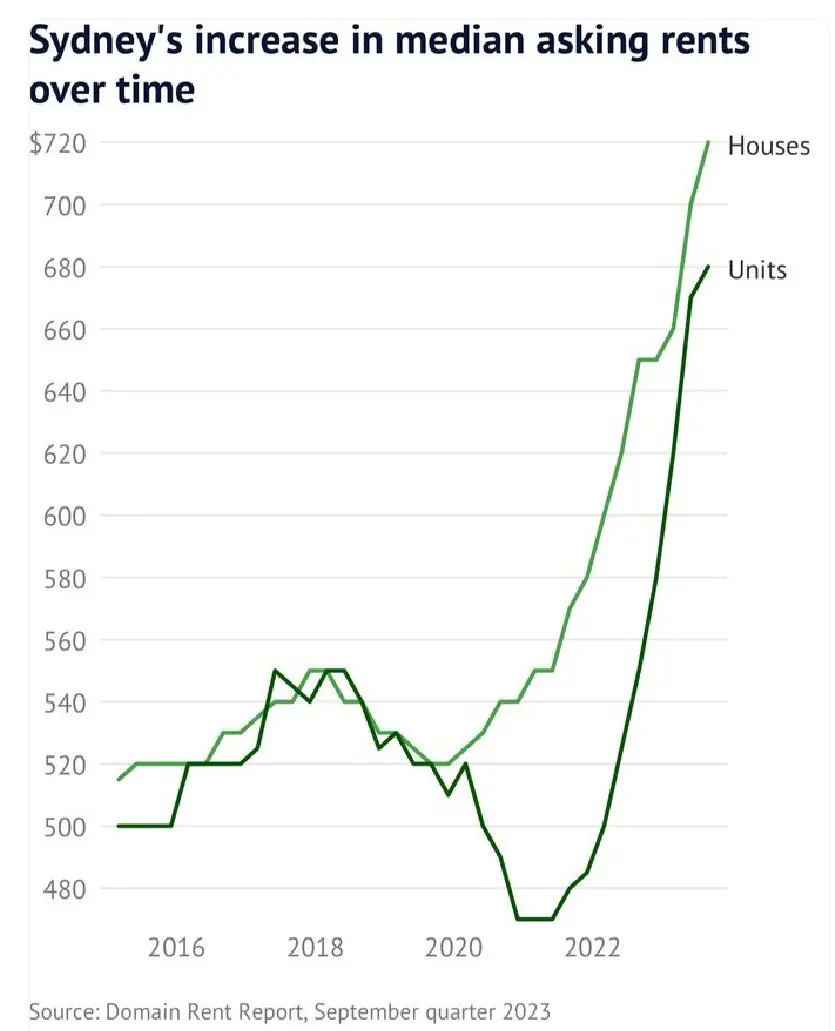
High demand and limited supply
Sydney is Australia’s largest and most populated city, with over 5 million residents in the greater metropolitan area. It is a major economic hub and center for business, finance, technology, and tourism in the country.
This makes Sydney a very desirable place to live and work, driving up demand for rental properties.
However, housing supply has not kept up with population growth and demand. Sydney’s geography, with water on three sides and protected national parks, restricts the construction of new housing.
Most of the developable land within the city limits has already been utilised. The limited supply of rental properties, coupled with high demand from domestic and international migrants, students, and professionals, leads to inflated rental prices.
Strong economic growth and high wages
Sydney has experienced strong and sustained economic growth in recent decades. Major industries like financial services, media, tourism, education, and technology have flourished here. This has attracted large numbers of skilled professionals and workers with high incomes.
The average weekly income in Sydney is over $1,750 AUD, almost 25% higher than the national average. With more high-income tenants willing to pay premium rents, landlords can charge higher rental rates, especially in desirable inner-city areas.
A landlord can maximise rental yields on their properties due to wealthy tenants competing for limited housing near employment hubs.
High construction and land costs
The costs of construction, building materials, labor, and land values in Sydney are quite high. Constructing new residential buildings in Sydney costs 30-40% more compared to other Australian cities due to the high labor costs and expenses involved.
The price of vacant land has also risen tremendously over the past decade due to scarcity. Developers and builders pass on these construction costs to new property buyers and landlords.
Landlords look to recover the high price they paid for properties and costs incurred in maintenance by charging higher rents.
Strong investor activity in the rental market
Sydney’s rental market has been a favorite for many investors, local and foreign. With rising property prices and a lack of affordability, more individuals look to invest in rental units. Strong capital growth and rental yields attract property investors, adding further competition and demand in the rental market.
High investor activity also leads to lower rental vacancy rates, allowing landlords to be more selective with tenants and charge higher rents.
Data shows over 60% of Sydney rental properties are owned by investors. With many deep-pocketed investors willing to pay top dollar for properties, renters are the ones left struggling with the high rental prices.
Limited public and low-income housing
Public and community housing development has not caught up to meet the needs of poorer segments of the population in Sydney.
There is a long waiting list for applicants to get public housing due to a shortage of available units. This forces even low-income groups to find accommodation in the private rental market.
The lack of affordable and subsidised housing for essential workers, students, disabled, seniors, and low-income families puts additional upward pressure on market rental rates in Sydney.
The poorest renters are left with no choice but to stretch their budgets and accept rental rates they can barely afford.
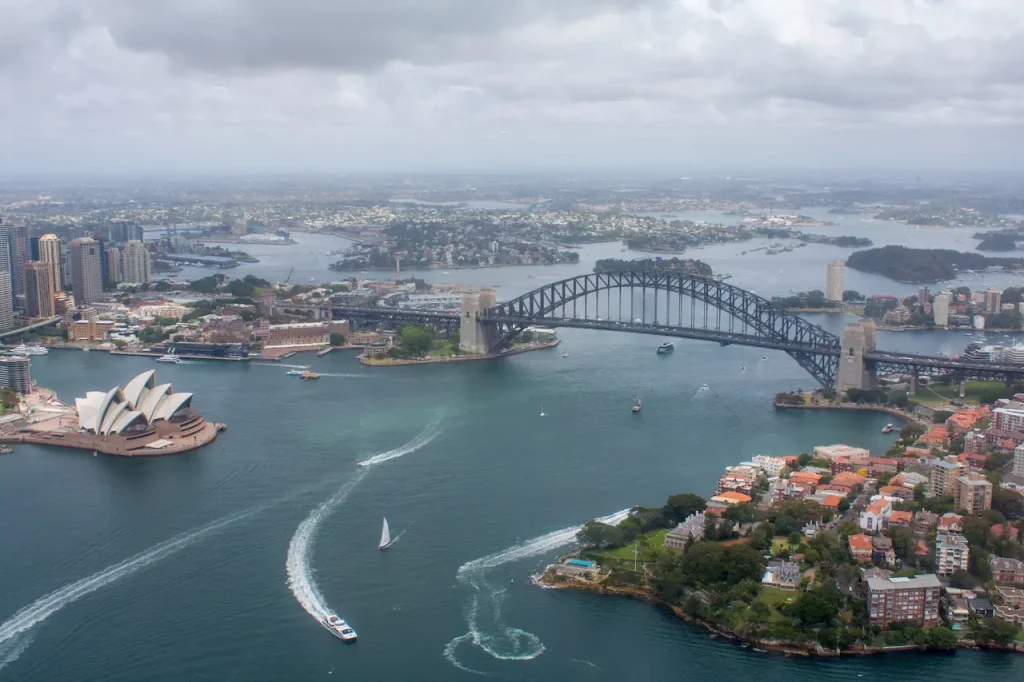
Strong preferences for inner-city living
Most renters in Sydney prefer to live close to the CBD and inner suburbs, which offer close proximity to amenities, offices, public transport, and lifestyle options.
Limited supply and intense competition for rental properties in areas like the Lower North Shore, Eastern Suburbs, Inner West, etc., have driven up rental prices significantly in these areas.
Landlords can charge premium rents due to high demand from tenants who are willing to pay more to secure a rental near their workplace. Living further from the city centre means additional costs and time spent commuting. Renters accept the trade-off of paying more rent to be centrally located.
Lack of incentives for long-term leases
Short-term leases of 1-2 years are more commonly offered by landlords rather than long-term rental contracts.
Shorter leases allow landlords to increase rents more frequently compared to long-term contracts of 5+ years. The lack of incentive means tenants change homes more frequently, incurring moving costs and creating uncertainty.
Landlords can also raise rents whenever an existing tenant vacates, and the property is re-leased at current market rates. Tenants thus have lesser security and end up paying higher rents as they have to move every few years due to rising rents.
Strong cultural preference toward renting
Australia has one of the highest rates of households renting, with over 30% living in rented accommodation. The majority of residents in Sydney also rent, with less than 50% owning their own home.
Culturally, Australians are less averse to renting and do not view home ownership as an essential goal. Lower barriers to renting and the ability to live centrally attract more renters. With a large rental population willing to accept higher rents, landlords are able to keep pushing up rental prices.
Lack of rent controls
Unlike some other major cities around the world, Sydney does not impose any rent control regulations. There is no cap on how much rents can be raised by landlords each year. Tenants have no protections from uncontrolled rent increases when lease terms expire.
Landlords are free to raise rents to match market rates and maximise rental yields. Tenants have to accept rent hikes or bear moving costs if rents become unaffordable. The lack of rent controls in Sydney takes away tenant bargaining power and allows rents to keep rising unchecked.
Conclusion
Sydney’s high population, strong economic and job growth, coupled with limited housing supply, have created an extremely competitive rental market.
High demand from professionals and foreign migrants, strong investor activity, inflated land and construction costs, cultural preferences, and lack of rent controls allow landlords to charge premium rents year after year. Rental affordability is a key policy problem the city will continue facing in the coming decade.

